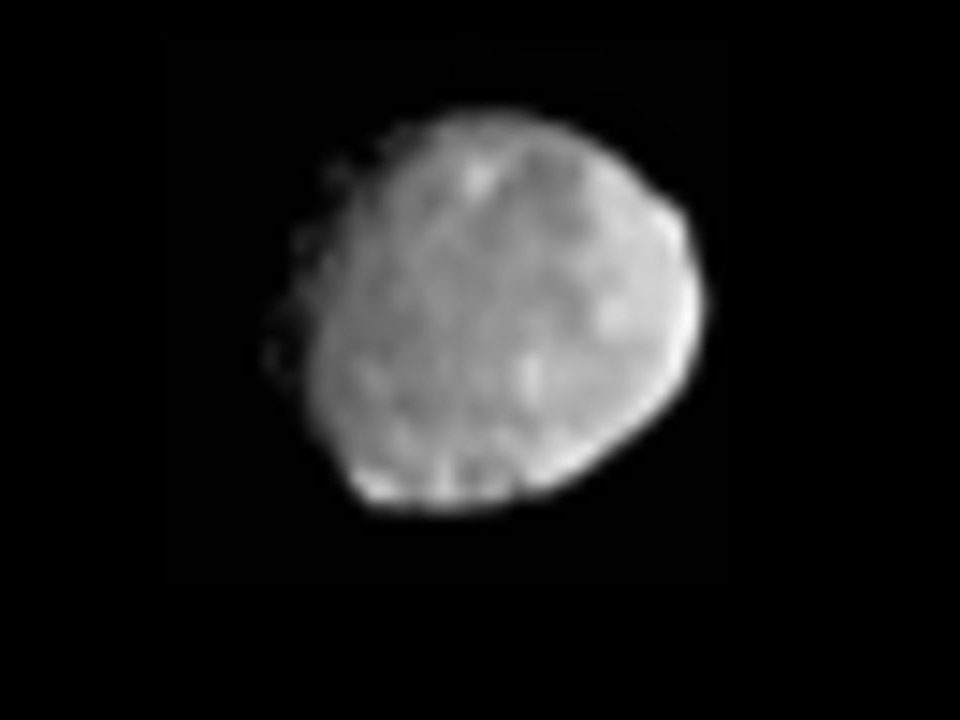Out of This World (Literally): Week One
Friday, June 24th, 2011
He’s already been a classical violinist and a professional snowboarder. Now mechanical/aerospace engineering student and Montana-native Andrew Crawford is learning what it’s like to be an intern at NASA’s Jet Propulsion Laboratory. This summer, he’ll share his experiences working in the Deep Space Network’s Antenna Mechanical group. Read his full blog on the JPL Education website.

My mentor Jason Carlton oversees the high-bay hoisting of the spreader bar used to lift and stack the Mars Science Laboratory rover Curiosity and the rover container. Does it get much cooler than bunny suits?!
Checking in … beep-beep … beep-beep.
It’s been an incredible and almost surreal week in the land of jet propulsion, and to try and summarize the emotions and sights into words is daunting, as the vocabulary escapes me.
It seems as though around every corner, you meet someone who is so friendly and inspiring that it’s hard not to just smile and try and listen in amazement. From sending beeps aimed at distant galaxies looking for anomalies in the return signal, to brilliant twenty-somethings building descent stage thrusters capable of hovering above the surface of Mars like a UFO, to the beautiful array of different languages and cultures you hear just on your way to the coffee grove, the people and mission here make it hard to contain a smile.
The department I’m writing from is the Deep Space Network (DSN), Antenna Mechanical Group, an incredibly diverse group of people who have welcomed me with open arms. Comprised of a complex network and interface of all different departments and jobs, the DSN is responsible for monitoring all spacecraft currently exploring the universe, searching the night sky for signals and pushing the envelope of what is possible for future communication and data acquisition.
I have an official government NASA office with a phone and voice mail to boot, and the speed and vigor at which things move around here is mind-blowing. It seems imperative to listen and write fast, even if what you’re hearing seems unreal or beyond belief, and before you know it, you’re neck deep in documents and learning curves that didn’t seem possible when you got out of bed this morning. The part I enjoy tremendously is walking outside my office and seeing my fellow DSN antenna mechanical office mates, who are mechanical, civil, structural, aerospace engineers, attacking a white dry erase board with looks of determination. They make cuts in beams, figure out angles and calculate distributed loads in order to find failure points for future antenna-component construction, all of which Effat Rady, my amazing engineering professor at Montana State University has taught me and stressed the importance of, time and time again. It seems as thought the days are lightning quick here, and the only thing I can seem to do after riding my bike home is run in the San Gabriel mountains as far as I can to try to process everything that happened in a day.
The Mars Science Laboratory rover, Curiosity, the largest and most intelligent rover to date, departed the Lab this morning after years of complete dedication and planning by thousands of people.
I was one of a handful of people who was lucky enough to witness the incredible entourage and police escort of the rover — sending it one step further on its quest to explore where Mankind has not yet set foot — as my mentor Jason Carlton was an integral part of the rover, descent stage, and heat shield container builds, assembly, and mating of all components with their transports. He is with the rover as I write this now, bound for the NASA’s Kennedy Space Center aboard an Air Force plane, probably forty-thousand feet above you.
As I write, I’m sitting in the Media Relations Office at JPL bouncing off the walls as my blog goes live, now getting to share this amazing experience and my enthusiasm for this wonderful launching pad of planetary exploration.






















